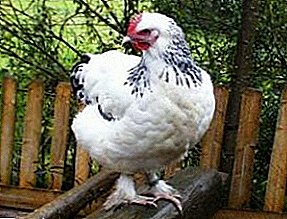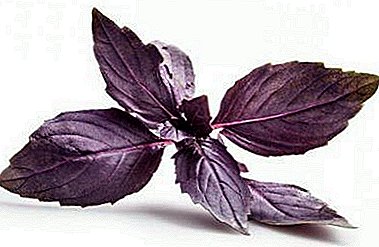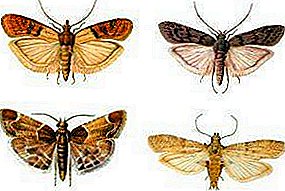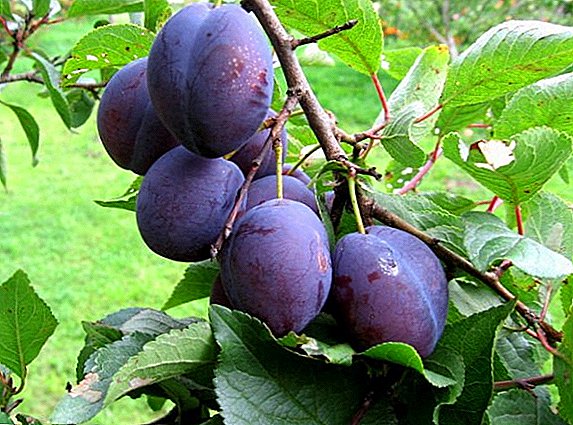
One of the most popular breeds of chickens are hybrids of meat and egg varieties. Their selection began to produce more than a hundred years ago.
Due to their versatility, they are the most chicken breeding suitable for households, providing the farmer with both tasty meat and eggs. Despite such prevalence, the Zundheimer breed is quite rare.
The Zundheimer breed was bred in Germany near the town of Sundheim near Kehl on the Rhine at the end of the nineteenth century, by crossing the following chicken breeds: Dorking, Brama, Cochin and French Goudany.
One of the goals of breeding was the breeding, carrying the egg with a brown shell.
A new breed already in 1893 in Leipzig won the silver medal at the exhibition of animals. The finally existing species of bird was formed in 1966.
Zundheimer Breed Description
 Sundheimer belongs to meat and egg breed, therefore it combines high egg production and considerable volumes of meat.
Sundheimer belongs to meat and egg breed, therefore it combines high egg production and considerable volumes of meat.
Sundheimer has its main distinguishing qualities:
- The body is located almost horizontally and has an average length, rather dense and muscular, tapers downwards. Extended pelvic area. The proportions of the body indicate the productive type of hens.
- Wide at the base with a moderate feather cover the neck.
- The back of a flat shape has an average length. In the lumbar region, a slight rise is noticeable, in particular, in chickens.
- Wide slightly convex chest.
- Round shaped broad shoulders.
- Medium-long powerful tibiae, widely spaced metatarsus with light short feathers to fingers. The four fingers are wide apart and have an average length.
- The slightly elongated head is of medium size. Small-sized comb with 4-6 spines in both roosters and chickens. Thin red earlobes and short, rounded earrings.
- Eye color may be orange or red.
- The curved form of a strong beak is light yellow.
- Smooth, tight, firm plumage. Feather cover sparse. The high-set wings also tightly fit the body.
Rooster and chicken are difficult to distinguish, especially before they reach twelve weeks. Grown-up roosters differ from hens in a slight bluish tinge of their tail feathers and neck, as well as in a typical higher voice. The hen's crest is smaller in size, and the body downwards is wider.
Features
 Sundheimer belongs to rare European breeds. The chicken of this breed in the world is about a thousand individuals, which are mainly grown with varying degrees of success in the territories of Germany and near lying countries.
Sundheimer belongs to rare European breeds. The chicken of this breed in the world is about a thousand individuals, which are mainly grown with varying degrees of success in the territories of Germany and near lying countries.
It is currently in the Red Book, as a disappearing German breed of chickens. Due to the high growth rate of chickens, it is most often grown by thrifty farmers.
Individuals of this German breed have exceptionally light black and colombian feathers. Predominantly white plumage, only black feathers with silver streaks grow on the collar and tail.
The wings also have black and white blades, which are visible only in the open state. The fluff under the feathers is also silver-white or white. The color of the rooster and the hen are almost the same.
The advantages of Sundheimer include the following:
- universal breed of chickens, as it relates to the meat-egg group of breeds;
- fine-tasting dietary meat;
- high egg production, Sundheimer actively carry eggs, even in winter;
- excellent hens;
- high chick growth rate;
- calm temperament;
- aesthetic appearance.
 The hens of the breed Loman Brown are popular throughout Europe due to their performance characteristics.
The hens of the breed Loman Brown are popular throughout Europe due to their performance characteristics.If you want to know how much to cook corn on the cob until complete readiness, here we give specific advice.
The disadvantages of German chickens are:
- slow growth of plumage, which is generally rather rare;
- difficult to contact people, mistrustful and careful;
- difficult to distinguish sexual characteristics;
- developmental defects are often encountered due to constant inbreeding due to a small bird population.
A special feature of Sundheimer is that, despite its high egg production, it is now most often grown as an ornamental breed of chickens.
Content and cultivation
 Sandhimer hen breeds are neat. But they need to provide minimum conditions for hatching eggs.
Sandhimer hen breeds are neat. But they need to provide minimum conditions for hatching eggs.
In particular, in the house to equip perches and nests. It is not recommended to place them at a height above half a meter. A warm, poorly lit place is suitable for nests.
Sundheimer's chicks are quite difficult to grow., especially for novice farmers. To avoid losses of young stock, experts recommend buying chickens only a few weeks old. It is necessary to feed them daily with their own hands in order to gain their trust and speed up adaptation.
The first couple of weeks after hatching chickens must be kept warm and in constant light, as they are virtually devoid of fluff. Then, gradually reduce the illumination to a normal level. Young animals should be fed with bulky food, saturated with proteins, 4-5 times daily.
It is recommended to periodically change the rooster performing the insemination in order to avoid the appearance of dwarfs and chickens with congenital defects. You can also cross with other breeds of chicken, but this will affect the purity of the species.
Since this breed does not have a thick layer of plumage, it is necessary to guarantee them a warm room for wintering. Fulfillment of this condition will ensure consistently high egg production of chickens and protect them from diseases.
When building a chicken coop, it is important to note that the hens of the Zundheimer breed are rather large in size and have a rather big weight. To provide tasty poultry meat, it needs space for walking. Therefore, to keep in the hen house more than 50 individuals is impractical.
 Brekel is a breed of chickens that is known throughout Russia, however, not many are their owners. Brekel - known, but rare breed.
Brekel is a breed of chickens that is known throughout Russia, however, not many are their owners. Brekel - known, but rare breed.And if you want to see a photo of a columnar apple, it’s enough to go to the following link: //selo.guru/sadovodstvo/yabloni/luchshie-sorta-kolonovidnyh-yablon.html.
In general, Sundheimers are unpretentious and adapt to any conditions of detention. After full acclimatization and getting used to the new conditions, there are no problems with them. They can be contained and according to the walking system, and in a confined space. The finished feed is perfect for them as a permanent feed, in addition to grass.
Due to its versatility, Zundheimers are suitable for growing amateur poultry farmers.
Specifications
 The size of the individuals of the Zundheimer breed, as in the vast majority of meat-egg poultry, is medium. The largest weight of a mature rooster reaches 3.5 kg, minimum - 3 kg. The weight of an adult chicken can range from 2 to 2.5 kg.
The size of the individuals of the Zundheimer breed, as in the vast majority of meat-egg poultry, is medium. The largest weight of a mature rooster reaches 3.5 kg, minimum - 3 kg. The weight of an adult chicken can range from 2 to 2.5 kg.
The hens of the Zundheimer breed are highly productive, given that they do not belong to the egg-bearing varieties. On average, they carry up to 220 eggs annually. The mass of one egg is 55-60 g, and its shell can be from light to dark brown.
Analogs
 According to external data and live weight, Adler silver chickens and individuals of the Sussex breed with a light Colombian color are similar to the hens of the Zundheimer breed.
According to external data and live weight, Adler silver chickens and individuals of the Sussex breed with a light Colombian color are similar to the hens of the Zundheimer breed.
They are characterized by delicious meat, quite a bit different from the dietary meat of German chickens, and are also ideal as decorative breeds, but are significantly inferior to Zundheimer in terms of egg production. Their annual productivity on fifty eggs is lower.
New Hampshire chickens, which also belong to meat and egg breeds, differ in color, but are completely similar to immigrants from Germany in such quantitative characteristics as carcass weight and annual productivity.
German Zundheimer chickens are of medium size, but are characterized by high egg production. They are also appreciated for their beautiful decorative color.
These chickens, as a universal meat and egg breed, are ideal for household use. The only problem of Zundheimer breeding is frequent inbreeding of individuals, which in some cases can lead to congenital defects.












